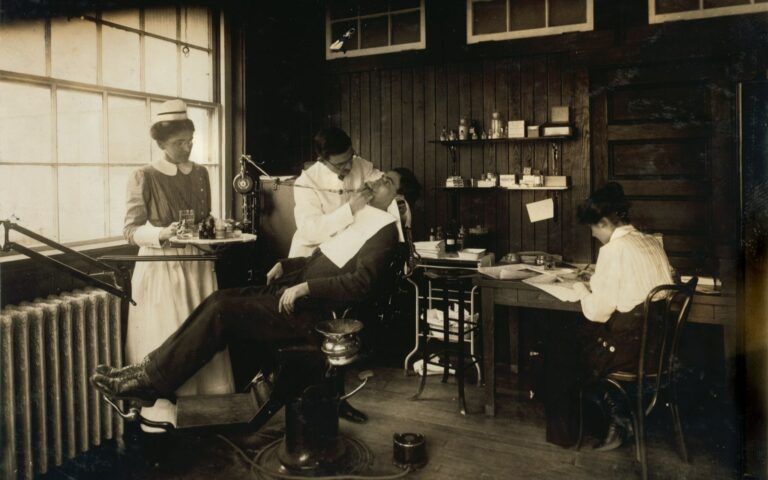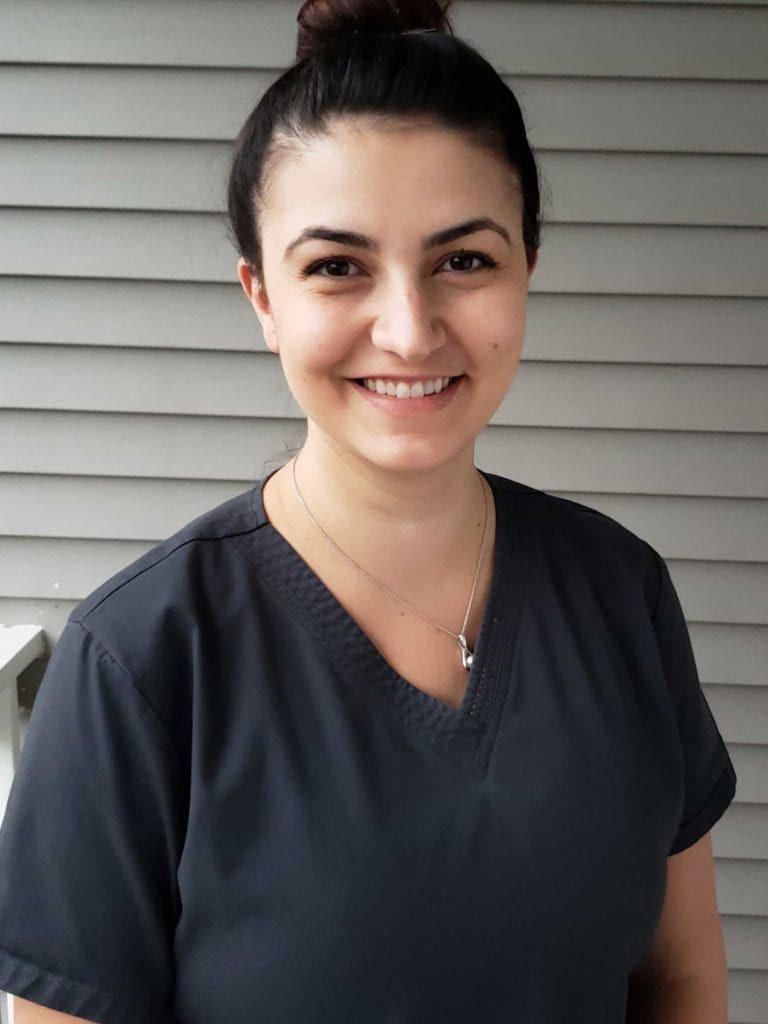Gingivitis, next to cavities, is one of the topics dentists love to harp on the most. If you’ve ever experienced blood on your toothbrush after brushing, you’ve probably had it. While minor cases of gingivitis are relatively common, they can become serious if not treated. As time progresses, gingivitis can turn into periodontitis, the wicked twin brother of gingivitis. At this stage, there’s a severe risk of lasting damage to your oral health. This dental trouble can come in the form of lost teeth, abscesses, and even bone loss.
Understanding The History Of Periodontal Disease
Gingivitis and periodontitis, collectively known as periodontal disease, have been with us for a long time. Gingivitis isn’t much worse than tender swollen gums that bleed when you brush them. By the time periodontitis has set in, things are much worse. The gums will have started pulling away from the teeth. Bleeding is also common, and severe tooth damage will have begun. While gingivitis can be eliminated with extra attention to your oral hygiene routine, periodontitis isn’t so easy to eliminate.
This condition has been plaguing humanity for as long as we’ve had teeth. Even animals can struggle with cavities and other oral health concerns. Scientific research into periodontitis didn’t begin until the 1700s. Even at that point, it was a well-known condition. Even ancient peoples were aware that something was destroying their teeth.
One of the earliest observed cases of periodontitis that we know of is the result of Egyptian mummies. Scientists were studying a 4,500 mummy from Deir el-Barsha necropolis in Egypt. During their study, they were able to identify it in the corpse’s teeth. Even more astonishing, they were able to identify the earliest known case of type 1 diabetes!
How were they able to identify this case of periodontitis? Well, we all know mummies have their internal organs stored in jars. Those jars were expectedly full of little piles of dust. The bones were in perfect shape.
These bones and teeth, of course, revealed the presence of periodontal disease in the mummy. Cavities, tooth loss, and periodontal disease were all very evident. It also confirmed a trend that runs back into prehistory. Those with periodontal disease are at significantly greater risk of periodontitis.
If you think that’s amazing, wait. There’s more dental history we have to share with you. Dr. Jourdain, practicing in 1778, concluded that scurvy was a possible cause of periodontitis. While this was proven incorrect, his theory was based on the gum recession that comes with the disease. Scurvy will also cause abscesses to form in the gums. The teeth will also eventually become loose and fall out. One might forgive him for incorrectly pointing at scurvy as the cause of periodontitis.
Speak To Your Dentist To Learn More
Want to know more about dental history? Most dentists know quite a bit about it. In addition, they can introduce you to modern methods to tackle periodontal disease. We’re pretty fortunate to exist in a time when such advanced treatments are available. Call and make an appointment to experience some of them today!




